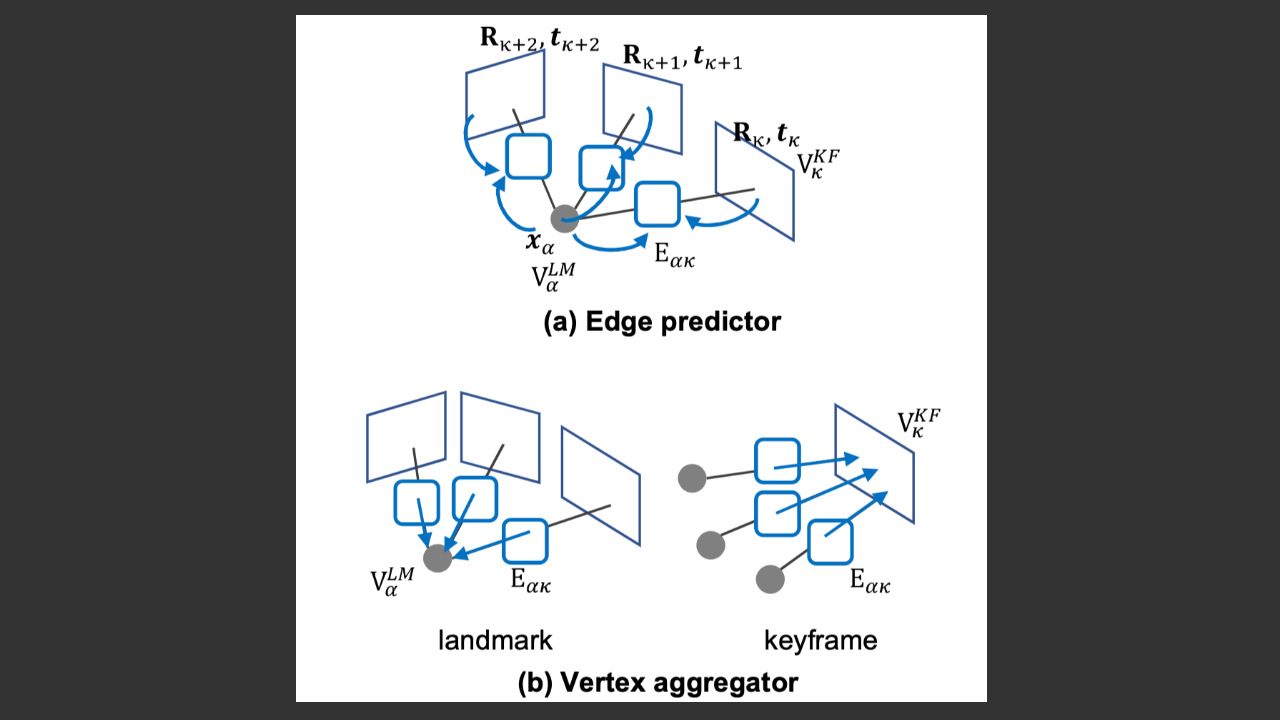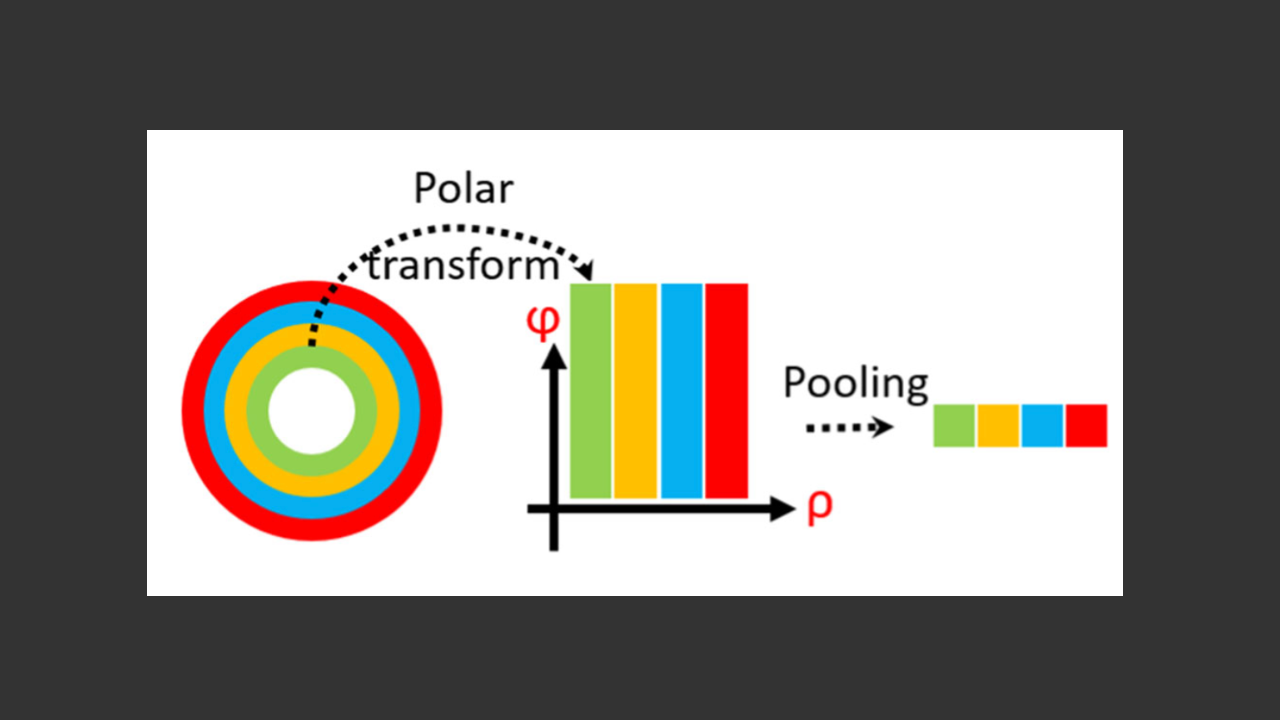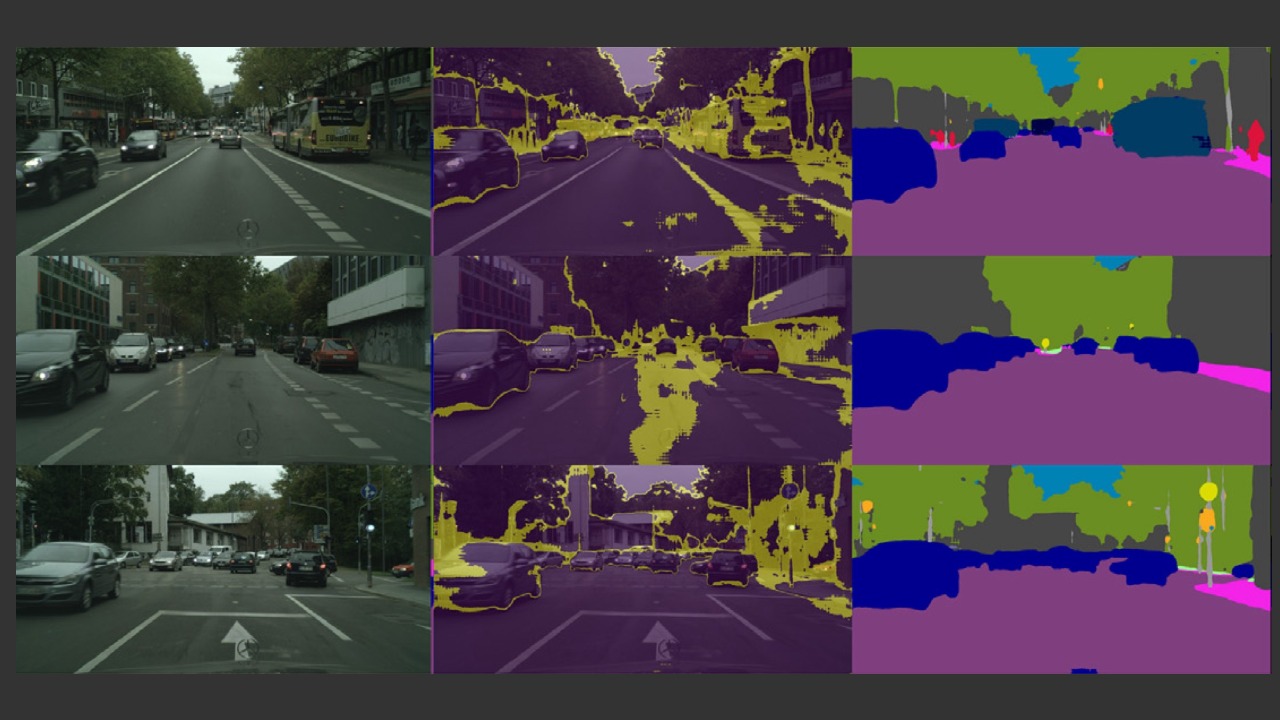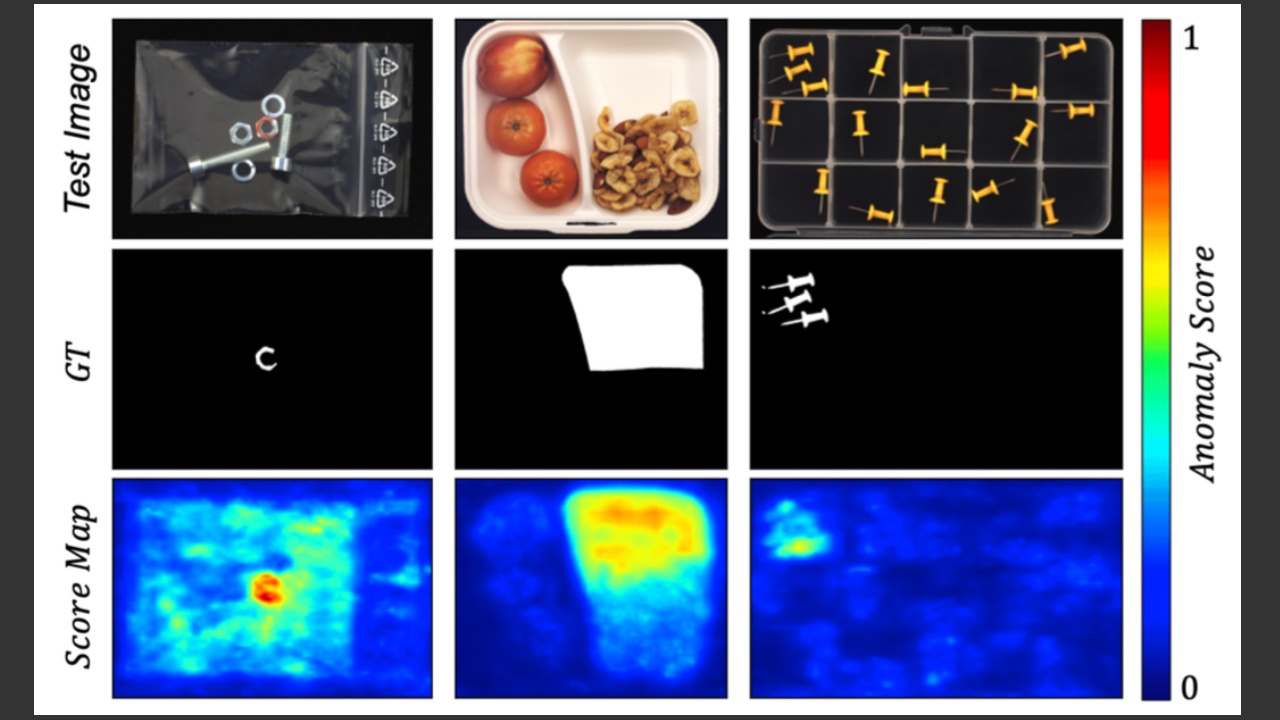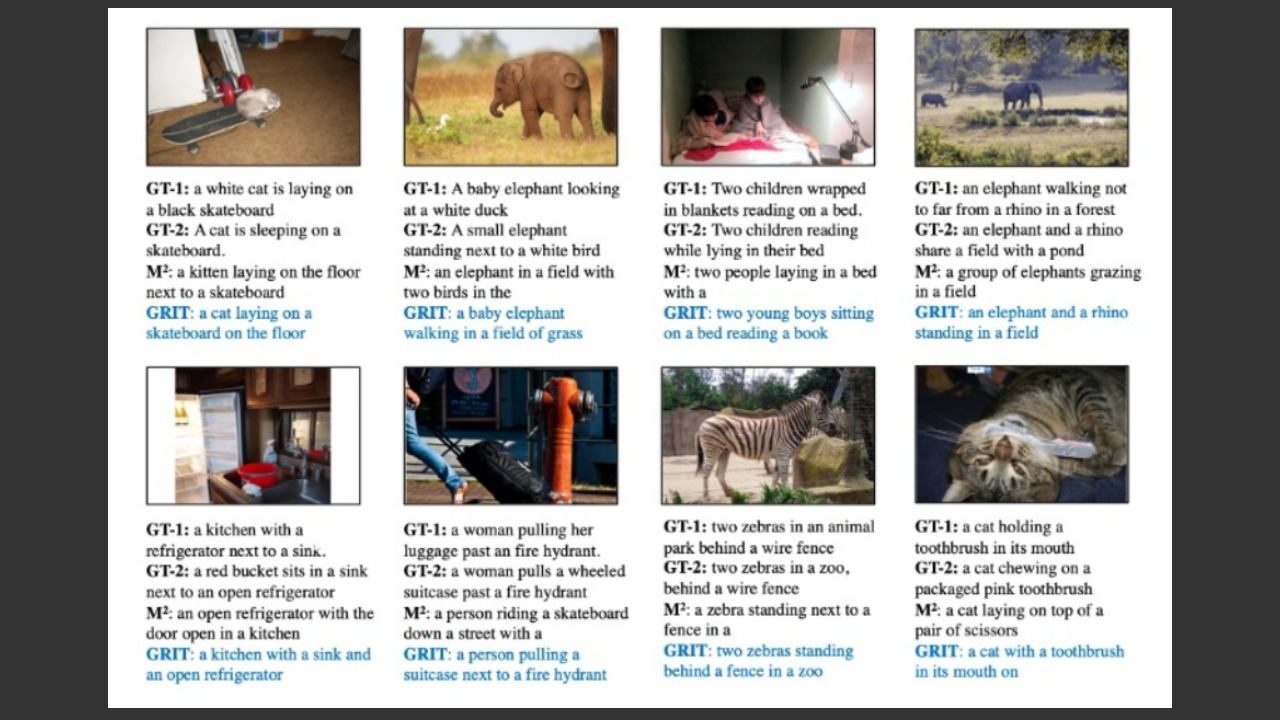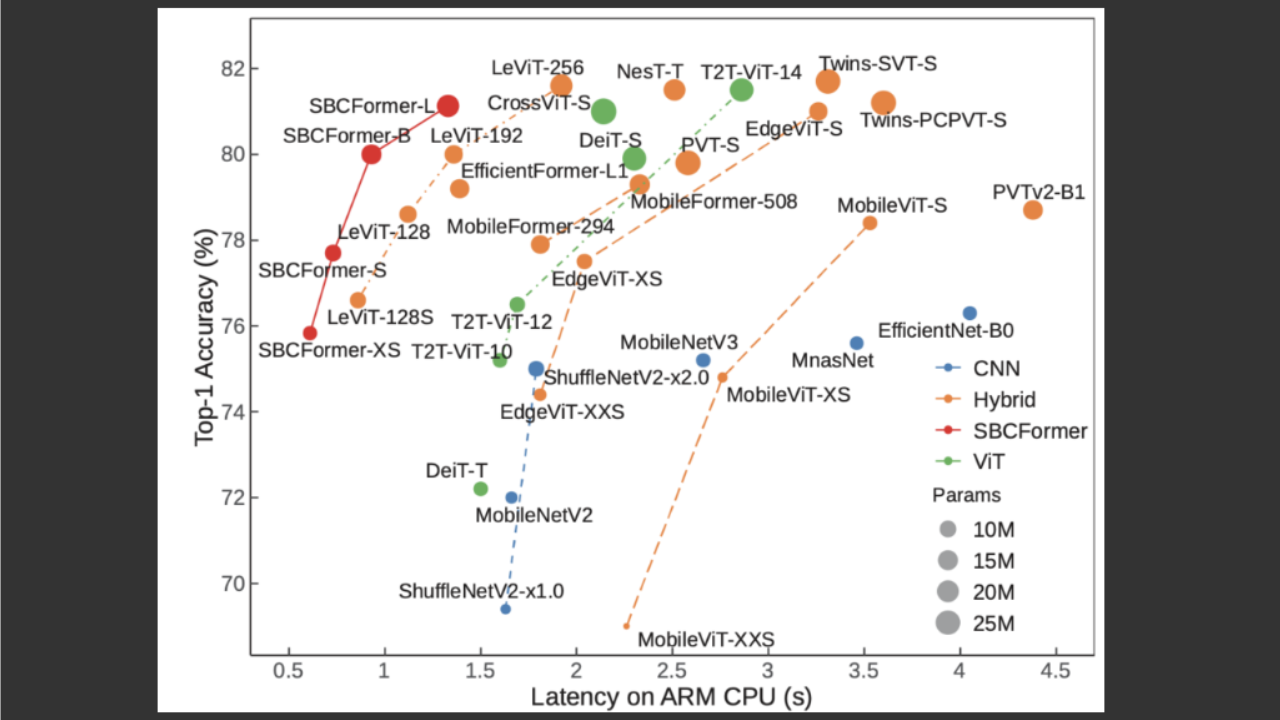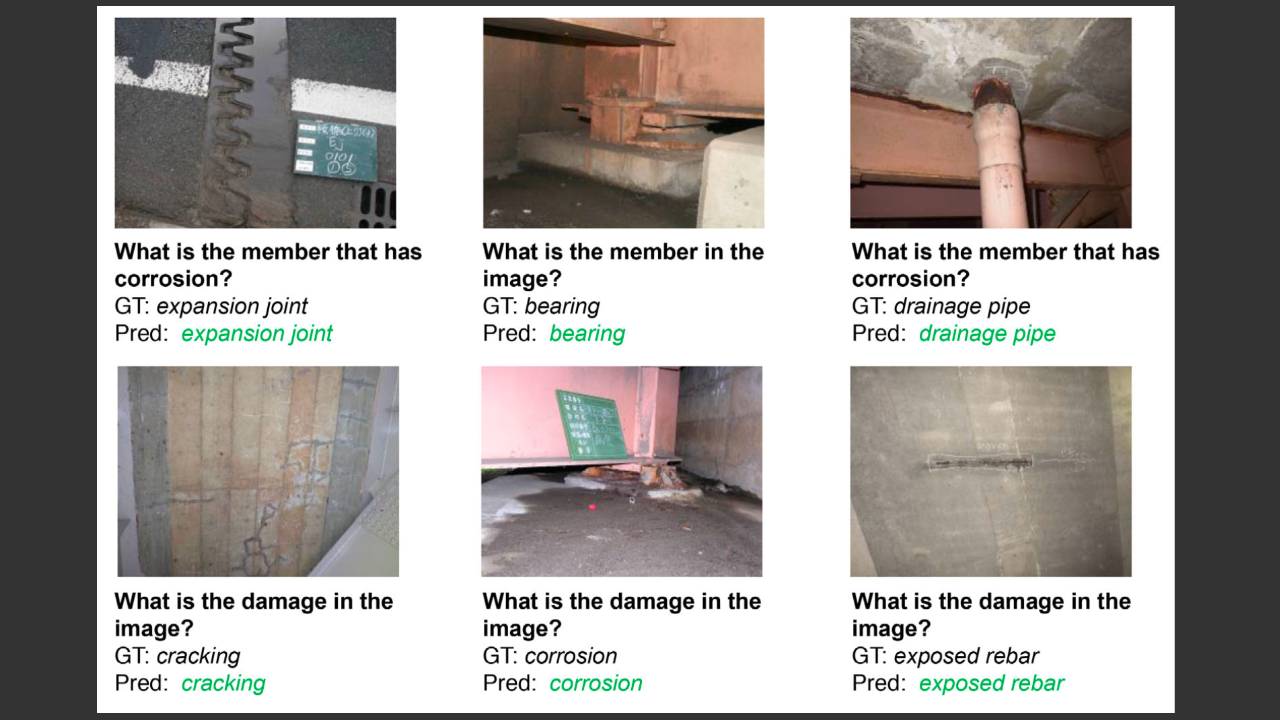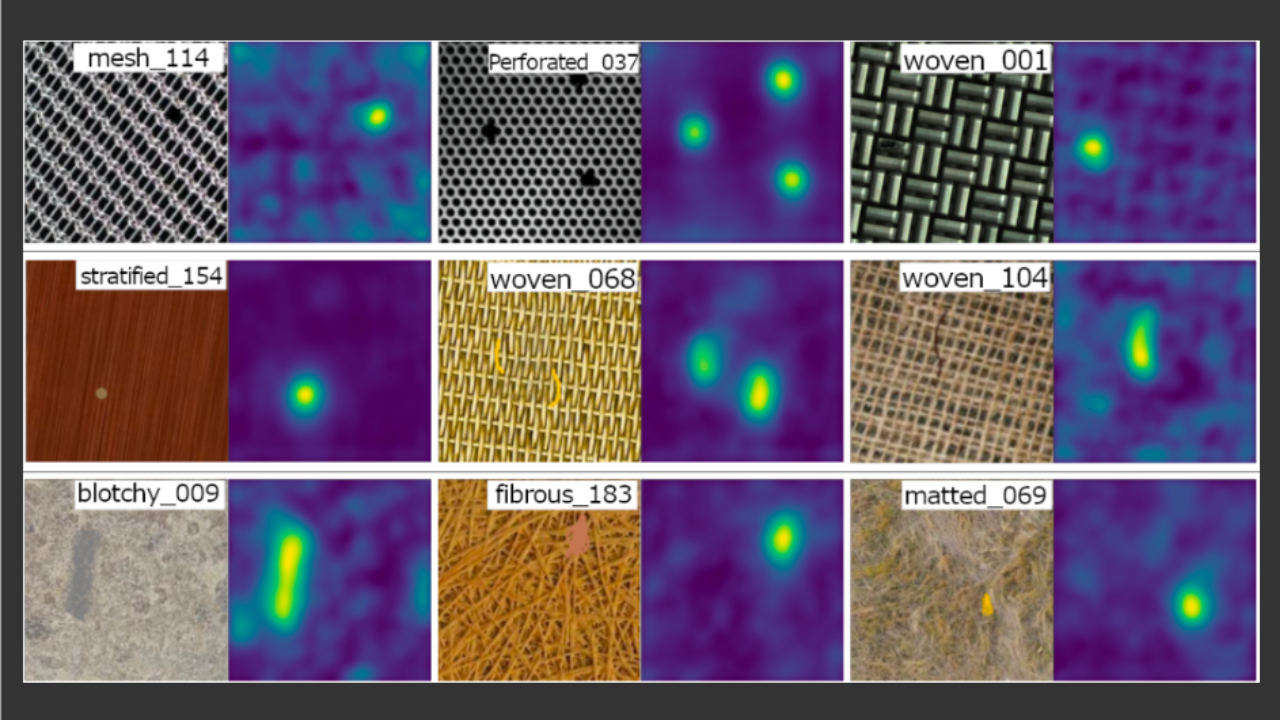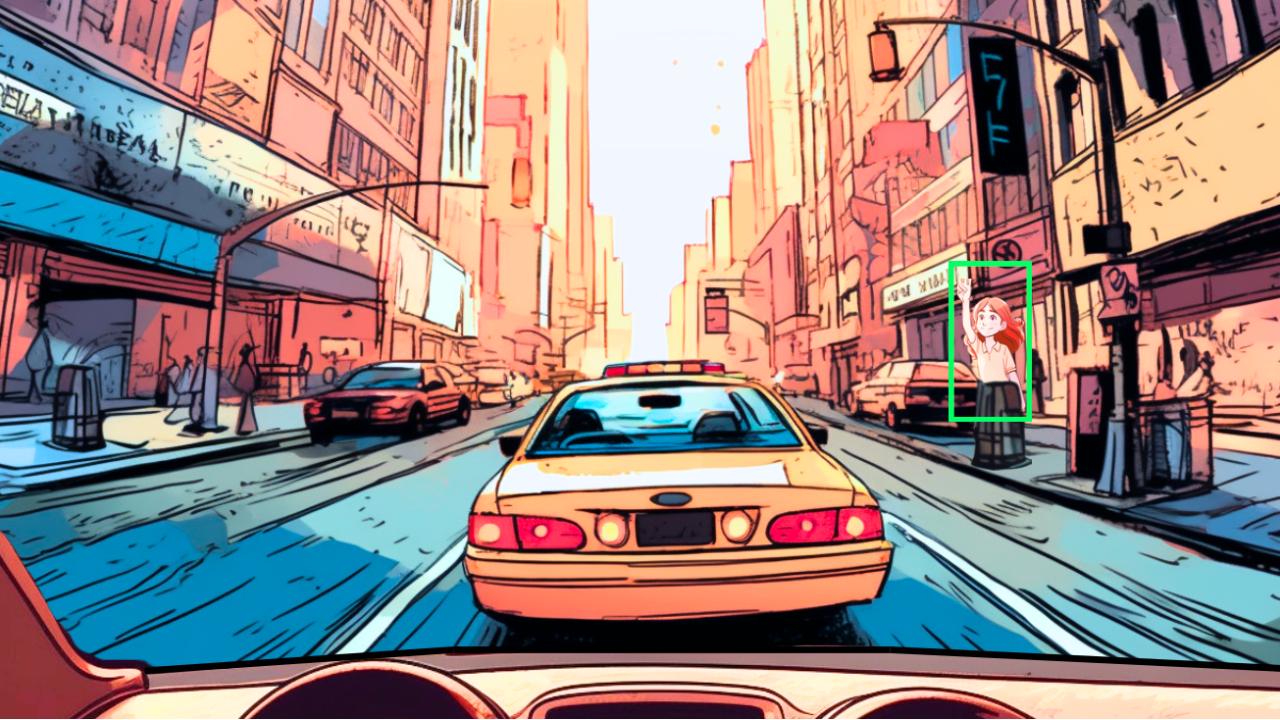In the fields of Structure-from-Motion (SfM) and visual SLAM (Simultaneous Localization and Mapping), Bundle Adjustment (BA) is a crucial process that optimizes camera poses and the positions of 3D landmarks. In practice, many visual SLAM systems perform BA locally on the most recent keyframes and their associated landmarks to maintain overall system accuracy and tracking […]
Read More